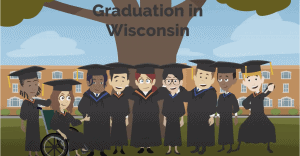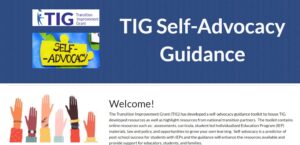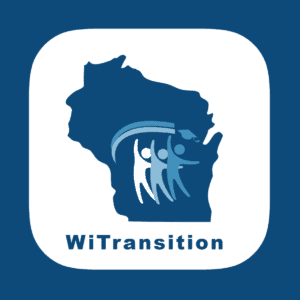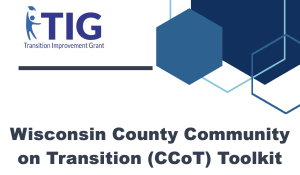Please note TIG will be updating the Self-Advocacy Suite.
Westside Elementary School
Recommitting to universal, equitable practices to build positive culture
Preparing for the 2016-17 school year, Westside Elementary School’s PBIS and leadership teams pored over their data, seeing little change over the years. Led by Principal Nikki Burke and Associate Principal Jeff Hattori, the team identified a need to focus on reducing office discipline referrals, particularly for Black students. “We committed that we would educate kids, instead of punishing them,” Burke said.
One of Westside’s goals written into their school improvement plan for the school year was to decrease the risk index for Black students. The first step involved restructuring the universal level of their system. Instead of reacting to student behavior by assigning consequences, staff focused on teaching behavior skills, including self-regulation. The system went from punitive to supportive; for instance, a room formerly used as a lunchroom detention area was remodeled into the “Mindful Moment Room,” where students can access supports and do restorative work as needed.
The staff at Westside made a conscious decision to build relationships by recognizing and acknowledging positive behaviors with greater frequency. Students chose from a menu of reinforcement activities that connected them with a caring adult, for example, nail painting with a teacher or lunch with the principal.
“We wanted staff to have a deeper understanding of our students and families,” Burke said. One professional development meeting each month is devoted to giving staff the necessary tools to identify personal hidden bias and institutionalized racism. Westside also uses the concept of “family groups,” comprised of a few students from each grade (K-5) and two or more adults. The “families” meet regularly throughout the school year; a student will have the same “family” throughout their time at Westside.
To empower their Black students and make them feel included, volunteers lead small groups of fourth and fifth graders. The goal was to provide a place where students could speak freely about issues that impact them.
The tier 2 team identified students who needed additional supports. Learners with high behavior incidences were placed in small groups based on need. Student services used the Second Step curriculum to help them develop necessary social-emotional skills.
This emphasis on building positive relationships has paid off. Westside surveyed their student body and found a significant shift in how their learners view school. Furthermore, the school has seen considerable improvement in their office discipline referral (ODR) data. Between this year and last year, Westside is down 64% for overall referrals.
Westside’s leadership team is pleased with the culture shift. “We want to cultivate a partnership with our families,” Burke said.

We want to cultivate a partnership with our families. Nikki Burke
principal





 TIG Self-Advocacy Guidance Google Site
TIG Self-Advocacy Guidance Google Site 
 Wisconsin County Community on Transition (CCoT) Toolkit
Wisconsin County Community on Transition (CCoT) Toolkit